Results 4,221 to 4,230 of 12096
Thread: Anandtech News
-
08-20-14, 03:32 PM #4221
Anandtech: Unity Adds Native x86 Support for Android
Intel is facing an uphill battle in the mobile space from a marketshare perspective, but there's an additional challenge: the bulk of mobile apps are compiled targeting ARM based CPU cores, not x86. With the launch of Medfield on Android, Intel introduced a binary translation software layer to enable running existing ARM based Android apps on x86. Binary translation is a useful fix for enabling compatibility but it does come with a performance and power penalty. Enabling native x86 applications is ultimately the goal here, BT is just used as a transitional tool.
As far as I can tell, none of the big game engines (Unity, Unreal Engine) were ported to x86 on Android. As a result, any game that leveraged these engines would be ARM code translated to run on x86. This morning Intel and Unity Technologies announced a native x86 version of the Unity game engine for Android. Selected developers have access to the x86 version today, and it'll be made available to everyone else by the end of the year. There's no charge for the update. Note that this only applies to the Android Unity port, the engine under Windows and all Windows tools are already obviously compiled for x86.
Intel's press release mentions support for both Core and Atom families. I clarified with Intel that the Core reference mainly applies to any Core M (Broadwell Y or Skylake Y) Android tablets, and not a push into Core based smartphones.
Intel is also working on enabling other game engines, but we'll have to wait to see those announcements.
More...
-
08-21-14, 05:32 AM #4222
Anandtech: MSI GS60 Ghost Pro 3K Review
MSI has several lines of gaming notebooks catering to different types of users. At the high-end is the GT series that supports the fastest mobile CPUs and GPUs while the GE series caters more towards the cost-conscious buyers. Somewhere in the middle is the GS line, which offers similar (or slightly higher) specifications to the GE series but delivers everything in a refined and more attractive chassis. Read on to find out how the GS60 with a 3K display compares to the other gaming laptops.
More...
-
08-21-14, 06:32 AM #4223
Anandtech: Examining Huawei's Benchmark Optimizations in the Ascend P7
While benchmark optimization has been a hot topic, recently it has faded into the background as the industry adjusted. Previously, we saw changes such as an automatic 10% GPU overclock that was almost never achieved in normal applications, and behavior that would automatically plug in all cores and set the CPU frequency to maximum. Now, most OEMs have either stopped this behavior. Even if an OEM hasn't stopped such behavior, there are options that make it possible to use the altered CPU/GPU governor in all applications.
Unfortunately, I have to talk about a case where this isn't true. While I've been working on reviewing the Ascend P7 and have found a lot to like, I am sure that the Ascend P7 alters CPU governor behavior in certain benchmarks. For those that are unfamiliar with the Huawei Ascend P7, it's considered to be Huawei's flagship smartphone. As Huawei's flagship, it's equipped with a Kirin 910T SoC, which has four Cortex A9r4 CPUs running at a maximum of 1.8 GHz, and two gigabytes of RAM. As a flagship smartphone, it also has a five inch display with a 1080p resolution.
To test for differences in governor behavior, we'll start by looking at how the P7 normally behaves when faced with a benchmark workload. I haven't seen any differences in GPU behavior as the governor seems to stay clocked at an appropriate level regardless of the benchmark. At any rate, the behavior is noticeably quite reluctant when it comes to reaching 1.8 GHz. For the most part this only happens in short periods, and there is a great deal of variation in clock speeds, with an average of about 1.3 GHz throughout the test.
Here, we can see a significant difference in the CPU frequency curve. There's far more time spent at 1.8 GHz, and the frequency profile is incredibly tight outside of the beginning and end. The average frequency is around 1.7 GHz, which is significantly higher than what we see in the renamed version of the benchmark.
While this graph is somewhat boring, it's important as it shows that only three cores are plugged for the full duration of the test. Any noticeable deviation from this pattern would definitely be concerning.
When running the same workload on the Play Store version of GFXBench, we see that four cores are plugged for almost the entirety of the test. While I'm not surprised to see this kind of behavior when combined with altered frequency scaling, it's a bit disappointing. Strangely, this policy doesn't seem to be universal either as I haven't seen evidence of altered behavior in Huawei's Snapdragon devices. This sort of optimization seems to be exclusive to the HiSilicon devices. Such behavior is visible in 3DMark as well, although it doesn't seem to happen in Basemark OS II or Basemark X 1.1.
While normally such optimizations have a small effect, in the case of the affected benchmarks the difference is noticeable and quite significant. Needless to say, it's not really acceptable that Huawei is doing this, and I'm disappointed that they have chosen this path.Huawei Ascend P7 Performance Play Store Renamed Perf Increase GFXBench T-Rex 12.3 10.6 +16% 3DMark Ice Storm U/L 7462 5816 +28.3%
In response to this issue, Huawei stated the following:
"CPU configuration is adjusted dynamically according to the workload in different scenarios. Benchmark running is a typical scenario which requires heavy workload, therefore main frequency of CPU will rise to its highest level and will remain so for a while. For P7, the highest frequency is 1.8GHz. It seldom requires CPU to work at the highest frequency for long in others scenarios. Even if the highest level appears, it will only last for a very short time (for example 400 ms). Situation is the same for most devices in the market."
Unfortunately, I'm not sure how this statement explains the situation, as two identical workloads performed differently. While I was hoping to see an end to rather silly games like this, it seems that this path before OEMs stop this kind of behavior will continue on for longer than I first expected. Ultimately, such games don't affect anyone that actually knows how to benchmark SoCs and evaluate performance, and one only needs to look to the PC industry to see that such efforts will ultimately be discovered and defeated.
More...
-
08-21-14, 11:31 AM #4224
Anandtech: FMS 2014: Marvell Announces NVMe-Enabled PCIe 3.0 x4 88SS1093 SSD Controll
Two weeks ago Marvell announced their first PCIe SSD controller with NVMe support, named as 88SS1093. It supports PCIe 3.0 x4 interface with up to 4GB/s of bandwidth between the controller and the host, although Marvell has yet to announce any actual performance specs. While PCIe 3.0 x4 is in theory capable of delivering 4GB/s, in our experience the efficiency of PCIe has been about 80%, so in reality I would expect peak sequential performance of around 3GB/s. No word on the channel count of the controller, but if history provides any guidance the 88SS1093 should feature eight NAND channels similar to its SATA siblings. Silicon wise the controller is built on a 28nm CMOS process and features three CPU cores.
The 88SS1093 has support for 15nm MLC and TLC and 3D NAND, although I fully expect it to be compatible with Micron's and SK Hynix' 16nm NAND as well (i.e. 15nm TLC is just the smallest it can go). TLC support is enabled by the use of LDPC error-correction, which is part of Marvell's third generation NANDEdge technology. Capacities of up to 2TB are supported and the controller fits in both 2.5" and M.2 designs thanks to its small package size and thermal optimization (or should I say throttling).
The 88SS1093 is currently sampling to Marvell's key customers and product availability is in 2015. Given how well Intel's SSD DC P3700fared in our tests, I am excited to see more NVMe designs popping up. Marvell has known to be the go-to controller source for many of the major SSD manufacturers (SanDisk and Micron/Crucial to name a couple), so the 88SS1093 will play an important part in bringing NVMe to the client market.
More...
-
08-21-14, 01:31 PM #4225
Anandtech: SanDisk X300s (512GB) Review
Back in May SanDisk announced the X300s, which is the company's first SED (Self-Encrypting Drive). The X300s is based on the same Marvell platform as SanDisk's client drives but with the differentiation that the X300s is the only drive that supports encryption via TCG Opal and IEEE-1667 (eDrive) standards. Due to the encryption support the X300s is positioned as a business product since the main markets for encrypted drives are corporations and governments that handle sensitive and confidential data on a daily basis. SanDisk includes Wave's EMBASSY Security Center with every purchase of X300s, which allows Opal encryption on systems that are not eDrive compatible. Dive in to read more about the X300s, Wave's encryption software, and SEDs in general!
More...
-
08-22-14, 05:47 AM #4226
Anandtech: Recovering Data from a Failed Synology NAS
It was bound to happen. After 4+ years of running multiple NAS units 24x7, I finally ended up with a bricked NAS. Did I lose data? Were my recovery attempts successful? If so, what sort of hardware and software setup did I use? How can you prevent something like that from happening in your situation? Read on to find out.
More...
-
08-22-14, 09:31 AM #4227
Anandtech: Interview with ADATA's President Shalley Chen
At this year’s Computex, I had the opportunity to sit down with Mrs. Shalley Chen, ADATA’s President, to discuss the current trends in the memory and SSD business, as well as get an overview of ADATA’s future plans. Mrs. Chen has been with ADATA since the company was founded in 2001 and is also the wife of the founder, Simon Chen. Before stepping in as President in April this year, Mrs. Chen served as an Executive Vice President. Mrs. Chen also holds a degree in business management from the Ming Chuan University in Taiwan.
Before we get into the actual interview, I want to provide a brief overview of ADATA. The company generates over $1 billion in yearly revenue, which makes ADATA one of the largest memory companies in the world. Over a half of the revenue comes from the APAC (Asia-Pacific) region, which is logical given ADATA’s Taiwanese roots and the size of the Asian market. The North and Latin America region ranks as the second largest revenue source with about 15% share in total revenue, followed by Europe and other smaller regions. In the interview Mrs. Chen hinted that Asia, Europe and especially Russia are potential future growth areas for ADATA since the memory and SSD markets are still in a developing stage, whereas in the US the markets are more mature.
ADATA has had an office in the US since 2002 and employs 41 people across two offices in Los Angeles and Miami. These are both sales and customer support offices with the LA office in charge of North America while the Miami office is responsible for Latin America. All R&D is done in Taiwan at ADATA HQ whereas production is split between ADATA’s owned factories in China and Taiwan. While in Taiwan I took advantage of the offer to visit ADATA’s headquarters and the Taiwanese factory, as well as take some images for another article. Ever since the company was founded, ADATA has been a memory centric company. Like many companies of a similar nature, the mission, as it stood from day one, is to become the global leading brand of memory products. Although the product portfolio has grown over the years to include newer products such as USB flash drives, external hard drives, SSDs, memory cards, and, more recently, mobile power banks - fundamentally ADATA is still a memory company. Over half of ADATA’s revenue is generated by DRAM sales, and market researches rank ADATA as the Number Two DRAM module supplier in the world.
Given the high competition in the memory and SSD business, the question I always put to the manufacturers is this: what differentiates you from all the other brands? There are a dozen consumer focused DRAM companies, and there is little room for innovation or differentiation in the industry. Mrs. Chen told me that ADATA’s best weapon against the competition starts from the diversity of the product portfolio to the close relations with both chip suppliers and distributors. Mrs. Chen was keen to point out that ADATA makes products for all three major markets (client, enterprise and industrial), giving ADATA several different revenue sources, and the percentage of revenues from enterprise and industrial is getting bigger and bigger. This directly implies that the enterprise and industrial segments are substantial to ADATA.
Big enterprise OEMs like Intel and Samsung are typically interested only in large enterprises that buy upwards of tens of thousands of units, which leaves the small to medium size enterprise market to OEMs like ADATA to fight for the rest of the market. For example, some of Samsung’s enterprise products are only available to large OEMs (like EMC, Dell etc.), which leaves a niche for OEMs like ADATA and other smaller OEMs to offer better support for small to medium size enterprises. This also lends a benefit to work directly with the OEM for any customization.
Like other fabless DRAM and SSD manufacturers, ADATA does not manufacture the chips they use – ADATA have to buys them from the likes of Micron and Samsung. I asked if ADATA has ever thought about moving to chip fabrication, but the answer was negative. The main reason is the cost of a fab, and investing billions of dollars is a large risk. If we look at the major semiconductor fabricators, most of them have been in the industry for decades, developing new technologies as the research progresses. As a result, it would be extremely difficult for a new player to gain any significant market share without innovation or a wide product portfolio and mountains of investment (it is worth noting that innovation can come from start-ups that have new technology but get acquired). Another point ADATA raised is that it has close relations with DRAM and NAND suppliers, and thus has no need for a chip fab. In the end, the DRAM module industry is all about managing inventory against cost and potential sales, so the competitive advantage lies in forecasting the demand and managing the inventory efficiently.
The same applies to SSD controller development. Even though controllers can be fabricated by a third party, the capital required for the development and manufacturing is still a large sum. ADATA raised STEC as an example, which took the path to design its own controller platform but got into serious financial trouble due to the cost of the development. STEC ended up being acquired by Western Digital. ADATA does, however, have its own SSD firmware development team that has been in action since 2007. ADATA believes that the firmware team will play a key role to ensure competitiveness in the future. At this point in time, the team is mainly focusing on industrial SSD firmware development but there will be a change towards more unique firmware in the consumer side as well.
One of the big topics at Computex was the state of DDR4, and ADATA was heavily presenting its DDR4 portfolio at the show. Given ADATA’s position, the company wants to be the leader in DDR4 and will aim to push the new technology quite aggressively to both consumers and enterprises. ADATA is one of Intel’s six Haswell-E/X99 launch partners (the others are Micron, Samsung, Hynix, Kingston and Crucial), so there should be plenty of ADATA DDR4 available when the X99 platform launches later this year.
I asked ADATA whether the market for DDR4 will any different from current DDR3 from an OEM perspective. Mrs. Chen replied that DDR4 is different in the sense that right now DDR4 is mostly an enterprise product and will be sold through B2B marketing. The enterprise segment, due to the demand of more units per sale, also gets a greater benefit from DDR4, which is due to the lower voltage and higher frequency. The stereotypical scenario of hundreds of racks with each server equipped with eight to sixty-four DIMMs or more, lower power consumption on one module adds up and is thus always welcome. The speed should help enterprise workloads due to the tendency to be more often bound by memory performance than client workloads.
For the end-users, ADATA showed us there will be branded products at retail as well, but until the mainstream platform adopts DDR4, the enterprise segment will be the main market. In terms of production, ADATA believes that DDR4 will overtake DDR3 in H1’15 for the enterprise market, but the same will not happen in the consumer side until sometime in 2016.
All in all, there is a lot going on in both DRAM and SSD industries at the moment, so it will be interesting to see how the market reacts. We would like to thank Mrs. Chen and ADATA for their time giving us the opportunity to discuss the DRAM and SSD markets. As part of my visit to ADATA, I also met with ADATA’s DRAM and SSD directors to discuss their technology at a lower level. Keep your eyes peeled for that article in due course.
More...
-
08-22-14, 12:30 PM #4228
Anandtech: Measuring Toshiba's 15nm 128Gbit MLC NAND Die Size
At Flash Memory Summit, Toshiba was showcasing their latest 15nm 128Gbit MLC NAND wafer that has been developed in partnership with SanDisk. I simply could not resist to calculate the die size as Toshiba/SanDisk has not published it and die size is always the basis of any semiconductor cost analysis. Unfortunately I was too busy running between meetings that I did not take a photo of the wafer, so I am borrowing the picture from Custom PC Review. Courtesy of Custom PC Review
Courtesy of Custom PC Review
To estimate the die size, I used the same method as with Samsung's second generation V-NAND. Basically I just calculated the amount of dies in both X and Y axes of the wafer as that gives as an approximation of the die size since we know that the diameter of the wafer is 300mm.
The 15nm node from Toshiba/SanDisk is extremely competitive. Its bit density is essentially equivalent to Samsung's V-NAND, so it is no wonder that Toshiba and SanDisk are betting heavily on their 15nm node before moving to 3D in early 2016. Compared to other 2D NAND dies, the 15nm node is a clear winner from bit density standpoint as Micron's 16nm MLC does not even come close.
Toshiba's and SanDisk's secret lies in two-sided sense amp and all bit line (ABL) architecture, which reduce the size of the peripheral circuits and sense amplifier, resulting in higher memory array efficiency. Based on my estimation, the array efficiency (i.e. how big portion of the die is dedicated to memory cells) is about 80%, which is typical for a 128Gbit capacity. Higher capacities tend to yield better array efficiency since the peripheral circuitry does not scale as well as the memory cells do, so increasing the die capacity is one of the key solutions in lowering the cost per gigabyte.
Since nobody has yet taken a cross-section of the 15nm die, it is hard to say for sure what Toshiba and SanDisk are doing to shrink the dimensions. There is no mention of high-K dielectrics, so that seems unlikely and if history is any guidance, then Toshiba/SanDisk is simply increasing the aspect ratio by making the floating gate taller to compensate for the smaller feature size and keep the overall floating gate volume similar. That also helps to maintain the gate coupling ratio because the control gate is still wrapped around the floating gate and with a taller floating gate the capacitance between the gates should remain sufficient despite the increasing proximity of the floating gates.
The production of Toshiba/SanDisk 15nm NAND node is currently ramping up and SSDs based on the new node are expected in Q4'14.
More...
-
08-22-14, 01:30 PM #4229
Anandtech: G.Skill Announces Ripjaws DDR4, up to DDR4-3200
Much like the recent swathe of X99 motherboard previews we have seen, memory manufacturers are getting on board with showcasing their DDR4 memory modules to use with the Haswell-E platform. Unlike the CPUs from Intel, there is no formal NDA as such, allowing the media to report the design and specifications, although because real-world performance requires the CPU, no-one is able to post benchmark numbers.
The new DDR4 from G.Skill is the next DRAM module manufacturer to come out with an official press release, and following the previous high performance Ripjaws DDR3 range G.Skill will introduce its memory under the Ripjaws 4 moniker with a new heatspreader design.
G.Skill’s press release confirms the voltage ranges for DDR4, with 1.2 volts being standard on 2133 MHz to 2800 MHz kits, with the higher performance modules at ≥3000 MHz and above requiring 1.35V. The product line that G.Skill is aiming to release at launch is quite impressive with all the 1.2 volt modules in 16GB, 32GB and 64 GB kits. Due to the extra binning and higher tolerances of the more performance oriented kits, the DDR4-3000 C15 will be in 16GB or 32GB kits, DDR4-3000 C16 will be in a kit 32GB and the top line 3200 MHz C16 will be in a 16GB kit only.
G.Skill is reporting full XMP 2.0 support, and that this new module design matches the 40mm height of previous Ripjaws designs, allowing previous CPU coolers to be matched with this generation. As the modules are launched, the three colors G.Skill is pursuing are blue, red and grey. I know G.Skill monitors our news, so if you really want another color in there, make a note in the comments.
Preorder pricing puts these modules at:
DDR4-2133 C15 4x4GB: $260
DDR4-2400 C15 4x4GB: $280 / £240
DDR4-2666 C15 4x4GB: $300 / £290
DDR4-3000 C15 4x4GB: $400 / £380
DDR4-2133 C15 4x8GB: $480
DDR4-2400 C15 4x8GB: $530 / £440
DDR4-2666 C15 4x8GB: $550 / £500
Source: G.Skill
Gallery: G.Skill Announces Ripjaws DDR4, up to DDR4-3200





More...
-
08-22-14, 02:30 PM #4230
Anandtech: Lenovo Announces Trio Of Business PCs
Lenovo has added three ThinkCentre desktop PCs to its stable of business devices this week. The three devices span the range of desktops, with the ThinkCentre E63z being an All-In-One, the ThinkCentre M53 being classified as a “tiny” desktop, and the ThinkCentre M79 offering the more traditional Small Form Factor (SFF) and Mini Tower models.
The typical office PC is likely a Mini Tower or SFF desktop, and the ThinkCentre M79 is an AMD A-Series APU equipped desktop offering optional Solid State Drive (SSD) or Solid State Hybrid Drive (SSHD) storage options in the SFF or Mini Tower configurations. Many businesses have moved to dual-displays for their desktop workers, and the M79 supports that out of the box, but also offers an optional second DisplayPort connector for those that want to move up to three displays. As a business PC, it also employs the Trusted Platform Module (TPM) version 1.2 for enhanced security feature support such as Bitlocker. It also includes version 3.0 of the Lenovo Intelligent Cooling Engine which controls the desktop acoustics and temperatures. Also of benefit to the business crowd, the M79 has a 15 month guaranteed hardware cycle to allow for an easier time managing system images. The ThinkCentre M79 is available now starting at $449.
The micro desktops from Lenovo have been around for a while, and the latest model to join the group is the ThinkCentre M53. Though larger than the NUC, the M53 is still extremely compact at 7.2” x 7.16” x 2.5” and can be vertically or horizontally arranged or can be mounted on the back of a monitor with VESA mounting holes on the underside of the device. The M53 shares accessories and power connectors with the other “tiny” computers from Lenovo which is always appreciated. The ThinkCentre M53 is available soon with a starting price of $439.
The final business aimed desktop is an all-in-one device called the ThinkCentre E63z. This unit features an integrated 19.5” display with optional touch, and an integrated camera and stereo speakers to allow for voice over IP and other collaboration software usage. Models equipped with the optional Core i3 CPU include an additional HDMI port, a card reader, and a Rapid Charge USB port for charging mobile devices. The E63z is available now starting at $479, with the Core i3 models available later this year.
We do not have a full list of specifications for these devices at this time, but those should be available on the Lenovo site when they devices are made for sale.
Source:
Lenovo
More...
Thread Information
Users Browsing this Thread
There are currently 46 users browsing this thread. (0 members and 46 guests)






 Quote
Quote
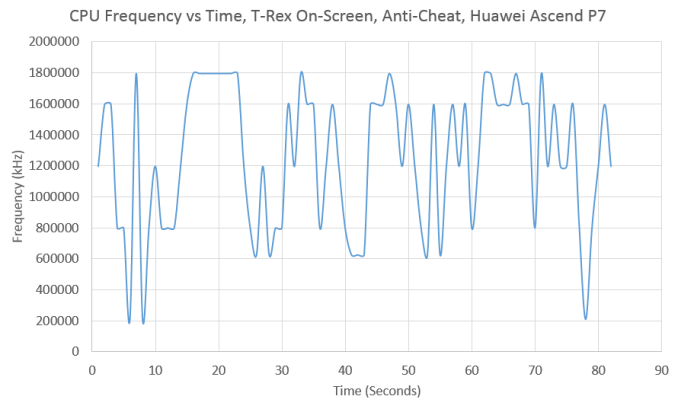
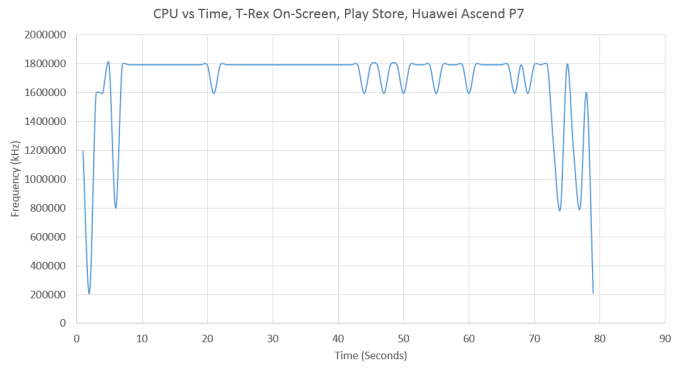
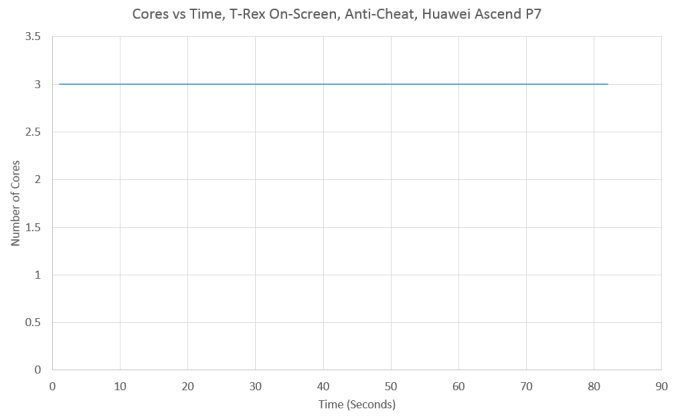
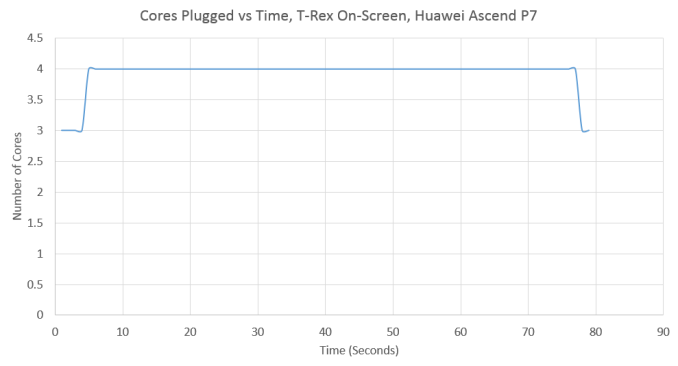
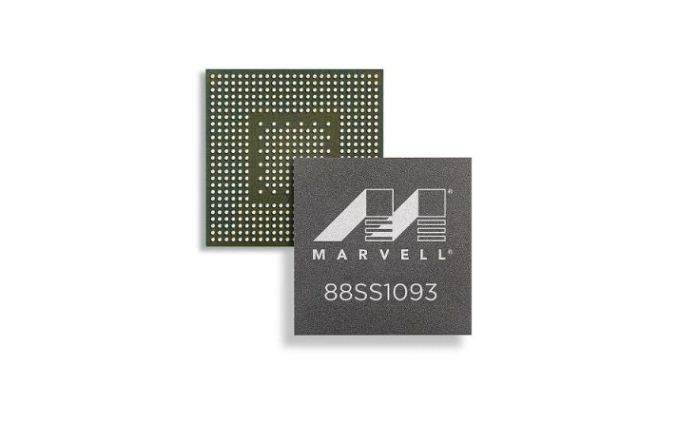
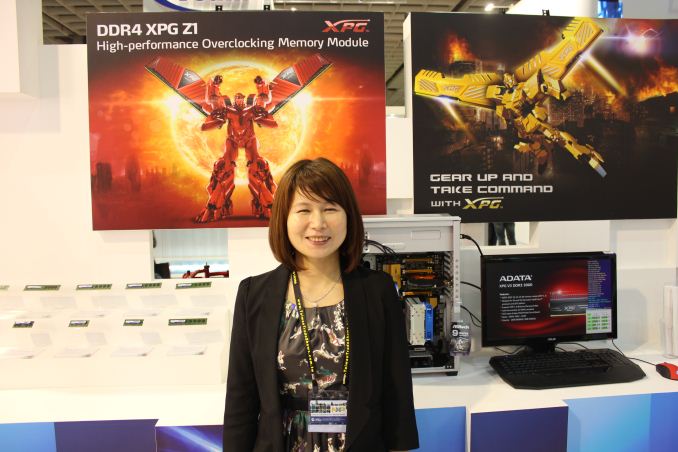
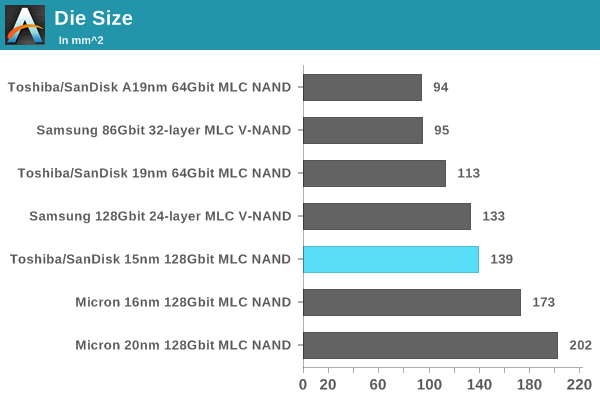
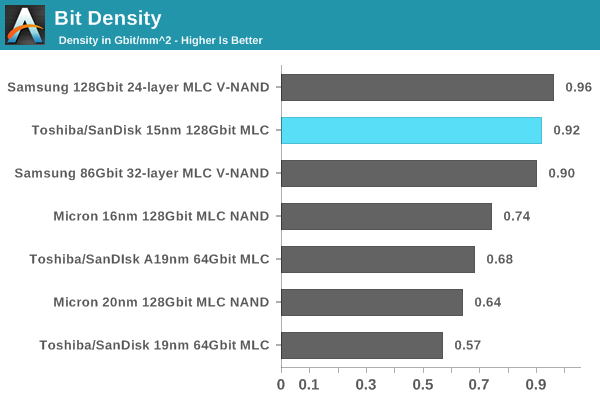

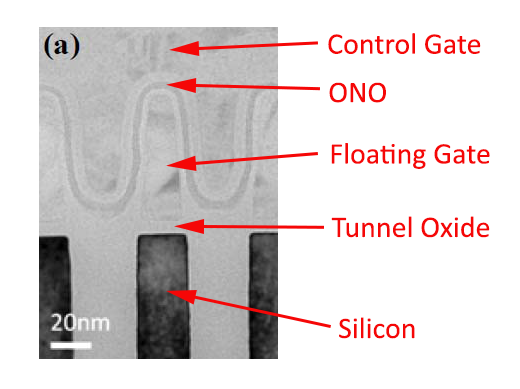
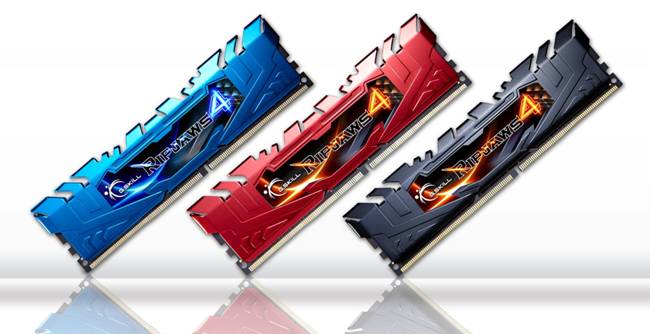



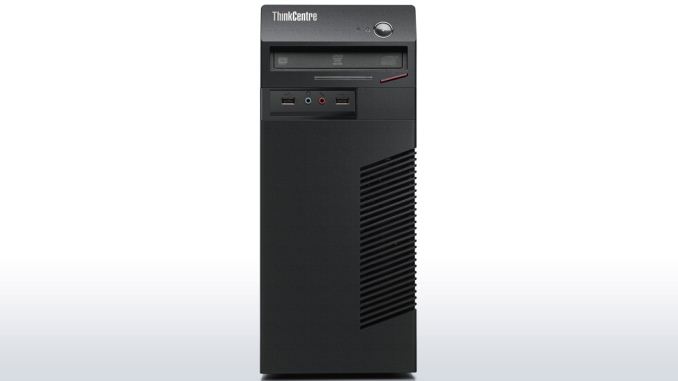
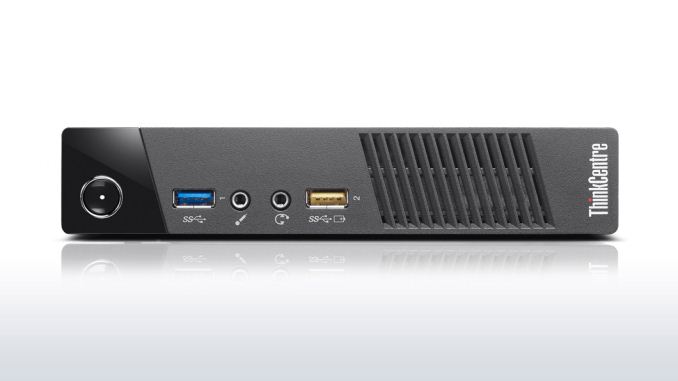
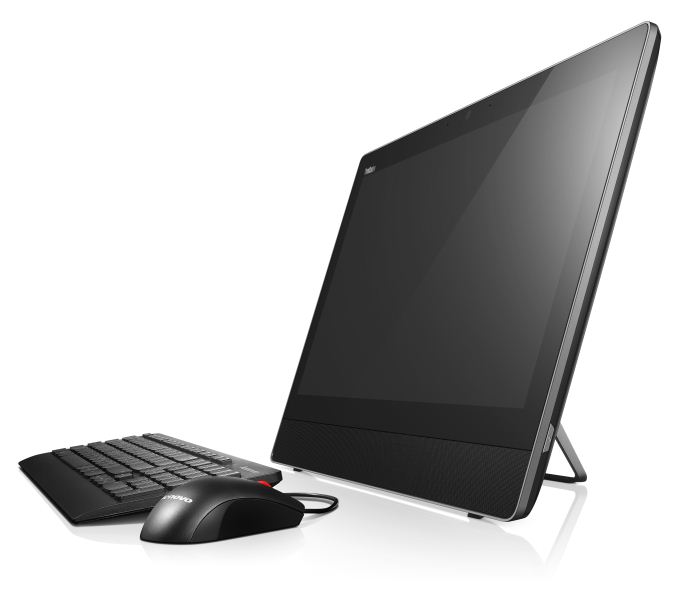
















Bookmarks